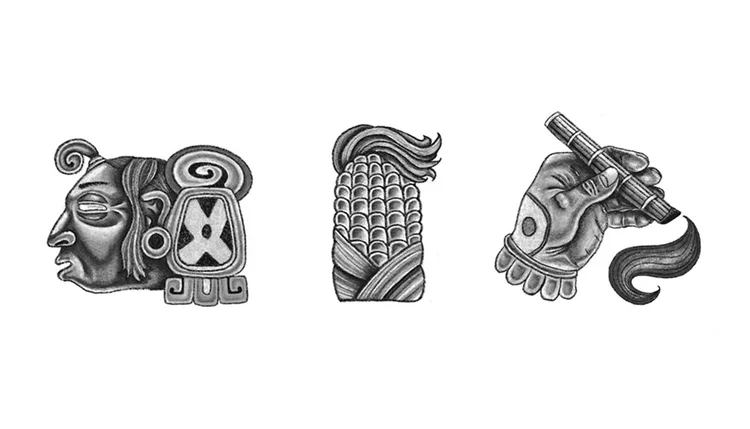El Volcán Centroamericano - 24”W x 32”, Pencil on Painted Wood
Volcanoes hold a significant place in the cultural identity of Central American countries, shaping their landscapes, folklore, and traditions. These towering natural wonders are more than just geological formations; they are often seen as sacred entities, powerful forces of nature, and symbols of resilience.
Cultural Significance and Folklore:
Sacred Sites: Many indigenous cultures in Central America have revered volcanoes as abodes of deities or gateways to the spiritual realm. Eruptions and volcanic activity were often interpreted as expressions of divine power, influencing rituals and agricultural cycles.
Fertile Lands: Volcanic soil is incredibly fertile, making the slopes of volcanoes ideal for agriculture. This has led to a close relationship between communities and volcanoes, with many relying on the fertile land for sustenance.
Legends and Myths: Volcanoes are often featured in local legends and myths, passed down through generations. These stories often attribute human-like qualities to volcanoes, explaining their eruptions and behavior through tales of love, anger, or rivalry.
National Symbols: Some volcanoes have become national symbols, representing the strength and beauty of their respective countries. They are often featured on flags, currency, and in nationalistic art.
Volcanoes in Central America:
Guatemala: Guatemala is known as the "land of volcanoes" and has a high density of them.
Acatenango
Agua
Atitlán
Cerro de Oro
Chingo
Fuego
Ipala
Ixtepeque
Jumaytepeque
Pacaya
San Pedro
Santa María
Santiaguito (a lava dome complex of Santa María)
Tajumulco (highest peak in Central America)
Tacaná (shared with Mexico)
Volcán de Oro
Zunil
Honduras: Honduras has a smaller number of volcanoes, mostly in the western region.
Celaque
Pico Bonito
Yojoa
Isla de Zacate Grande (potentially several small volcanic features)
El Salvador: El Salvador, despite its size, has a notable number of volcanoes.
Apaneca Range (includes several volcanic cones)
Cerro El Picacho
Chinchontepec (also known as San Vicente)
Coatepeque Caldera (contains a lake and several volcanic domes)
Guazapa
Ilopango
Izalco
Laguna de Alegría (a volcanic crater lake)
San Miguel (also known as Chaparrastique)
Santa Ana (also known as Ilamatepec)
Tecapa
Tejutepeque
Usulután
Nicaragua: Nicaragua has a chain of volcanoes, many of which are active.
Apoyeque
Casita
Cerro Negro
Concepción (on Ometepe Island)
Cosigüina
El Hoyo
Granada
Las Lajas
Maderas (on Ometepe Island)
Masaya
Momotombo
Momotombito
Nejapa
Rincón de la Vieja (shared with Costa Rica)
San Cristóbal (also known as Volcán Casita)
Telica
Costa Rica: Costa Rica's volcanoes are popular tourist destinations.
Arenal
Barva
Cacao
Irazú
Miravalles
Orosi
Poás
Rincón de la Vieja (shared with Nicaragua)
Turrialba

